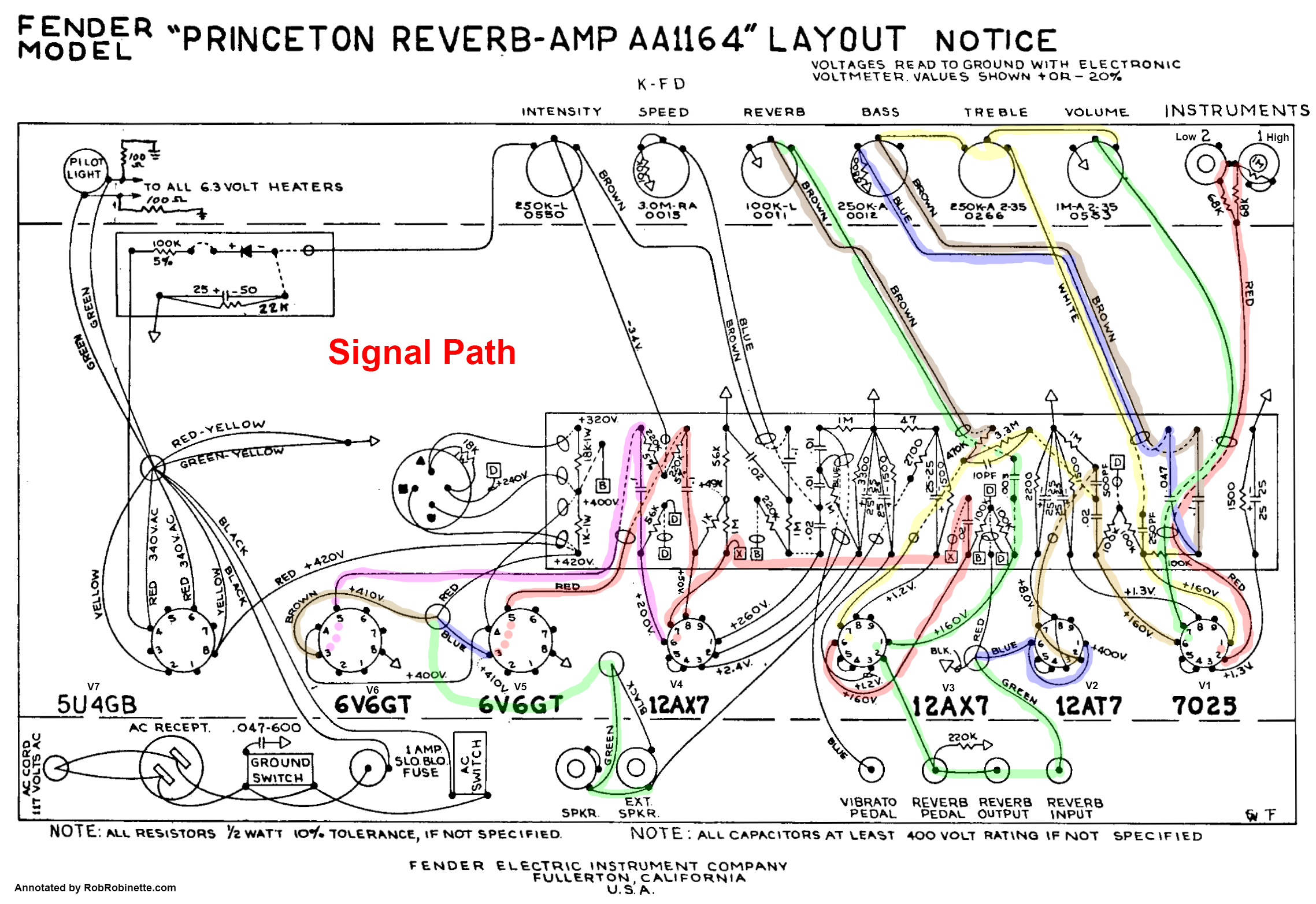
SIGNAL PATH AUDIO PRO
I would also add a 100k from the input to ground, to keep leakages through the cap from letting its DC point drift up in cases where there is another DC block on the incoming signal.Products Affected : Pro Tools, Pro Tools Ultimate
SIGNAL PATH AUDIO SERIES
Two series capacitors of 94uF will give a net capacitance of 47uF. And also, any asymmetric I-V characteristics would largely cancel and you'd be left with a symmetric behavior, less likely to generate even-order harmonics. That way, you're using them right at the center of their voltage range, and giving maximum excursion in either voltage direction. Then, apply a 1 megaohm resistor to this center terminal, giving the other end of the resistor a positive DC bias equal to half the voltage rating of the capacitors. So I would probably use as many Ceramic caps as I needed to (in parallel and series) to get the voltage and capacitance value I needed.Īlso, a trick-if you DID want to use polarized caps like electrolytics or tantalum, you could use two 100uF caps in series (or four 47uF caps, two parallel pairs in series), but orient the series devices in opposite directions, so their + terminals are touching each other. I also wonder if the ESR is similarly asymmetric for positive versus negative voltage drops. Also, the polarized nature implies that its behavior is inherently asymmetric for negative versus positive voltage drops across it, which to me implies some small amount of distortion and generation of even-order harmonics (though perhaps very very low in amplitude if the capacitance is high enough). Film and electrolytic caps are fine.Īgree with earlier response that I personally never use electrolytics of any kind I feel (perhaps no longer true) that they evolve over time since they are liquid-based. That would tend to point against ceramic caps, which have a large voltage coefficient. You probably want something that behaves reasonably linearly- while the capacitor won't have any effect on audible signals when the cutoff frequency is chosen properly, if there are sub-audible frequencies present near the cutoff the harmonics could be audible. TDK C5750X5R1C476M230KA which would be relatively small and somewhat cheaper but there might be concerns about introducing a microphonic part in the signal path.Īlternatively you could (say) use an input voltage 10x higher and increase R1 to 200K, and reduce C1 to 4.7uF, which is a relatively reasonable size for a film cap.īut I would suggest just using the inexpensive and perfectly suitable 47uF polarized electrolytic cap the manufacturer recommends.

X7R or X5R, you can't get NP0 in that size realistically), eg. Or you could use a multilayer ceramic capacitor with a reasonable dielectric (eg. For example Kemet R60DR54705050K (photo from Digikey): You can replace it with a film capacitor of equivalent capacitance if you really want- it will be very bulky and will cost a lot of money. There is an anodic film on the opposing electrode, it just isn't as thick. Required to convert the ac input voltage to a currentĪ small amount of reverse voltage is just fine on a regular polarized wet electrolytic capacitor it won't "blow" with a few hundred mV of reverse voltage. Input pin is a virtual ground with negative feedback The datasheet says:Īs mentioned in the section on theory, the VCA

If the signal really containts a negative DC (which this cap tries to avoid) the cap would/should fail or blow. I also verified my concerns with a simulation. My design was based on the reference design of THAT corporation: But I'm still not happy because of the electrolytic capacitor I used in the signal path. I've built a compressor basing on the all-in-one chip THAT4301.


 0 kommentar(er)
0 kommentar(er)
